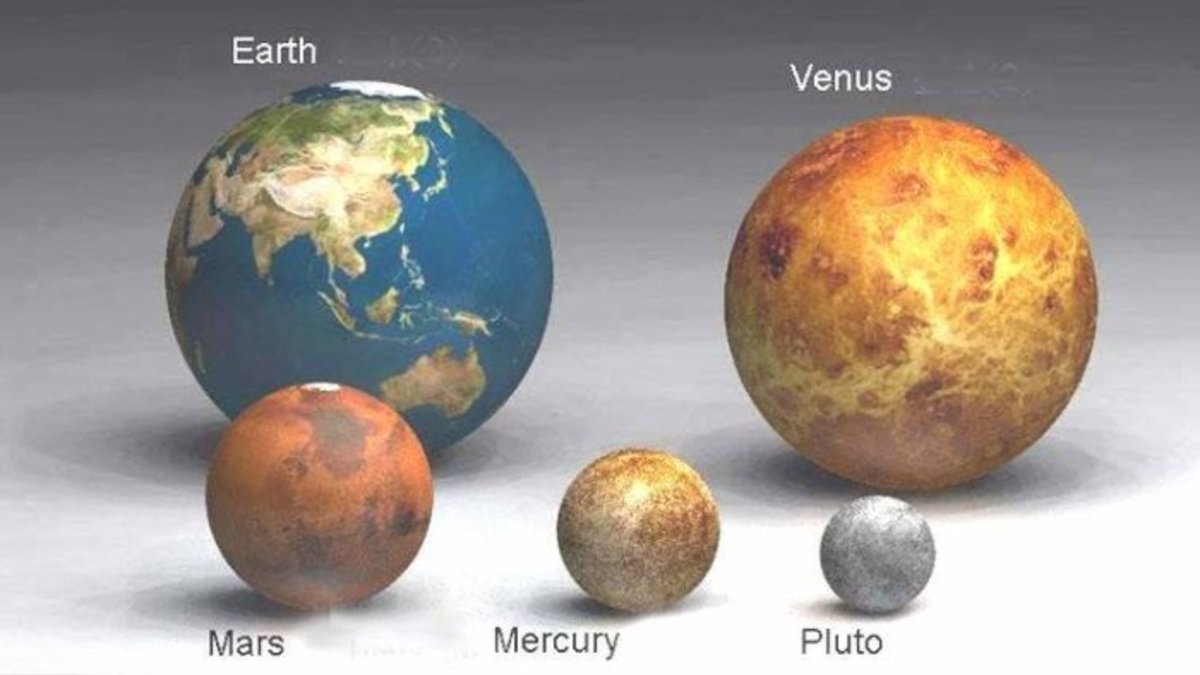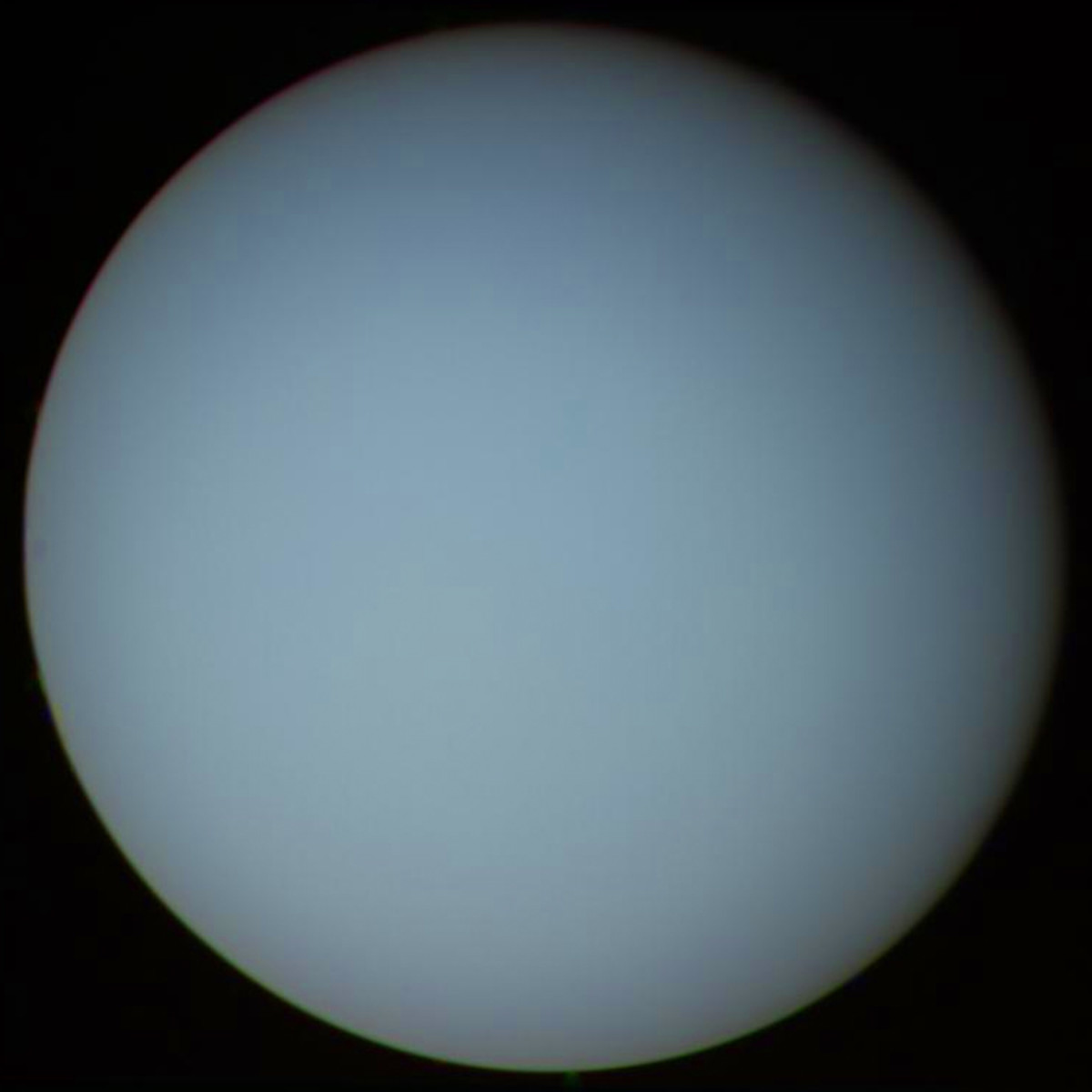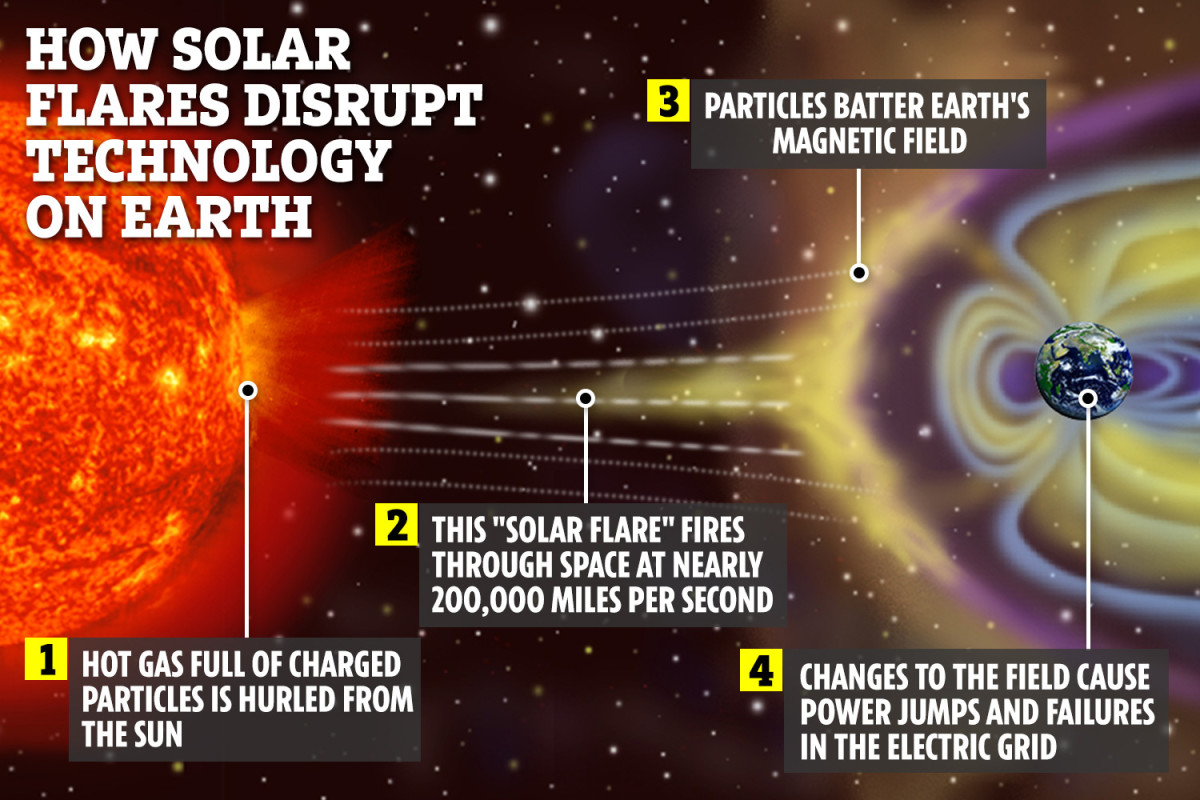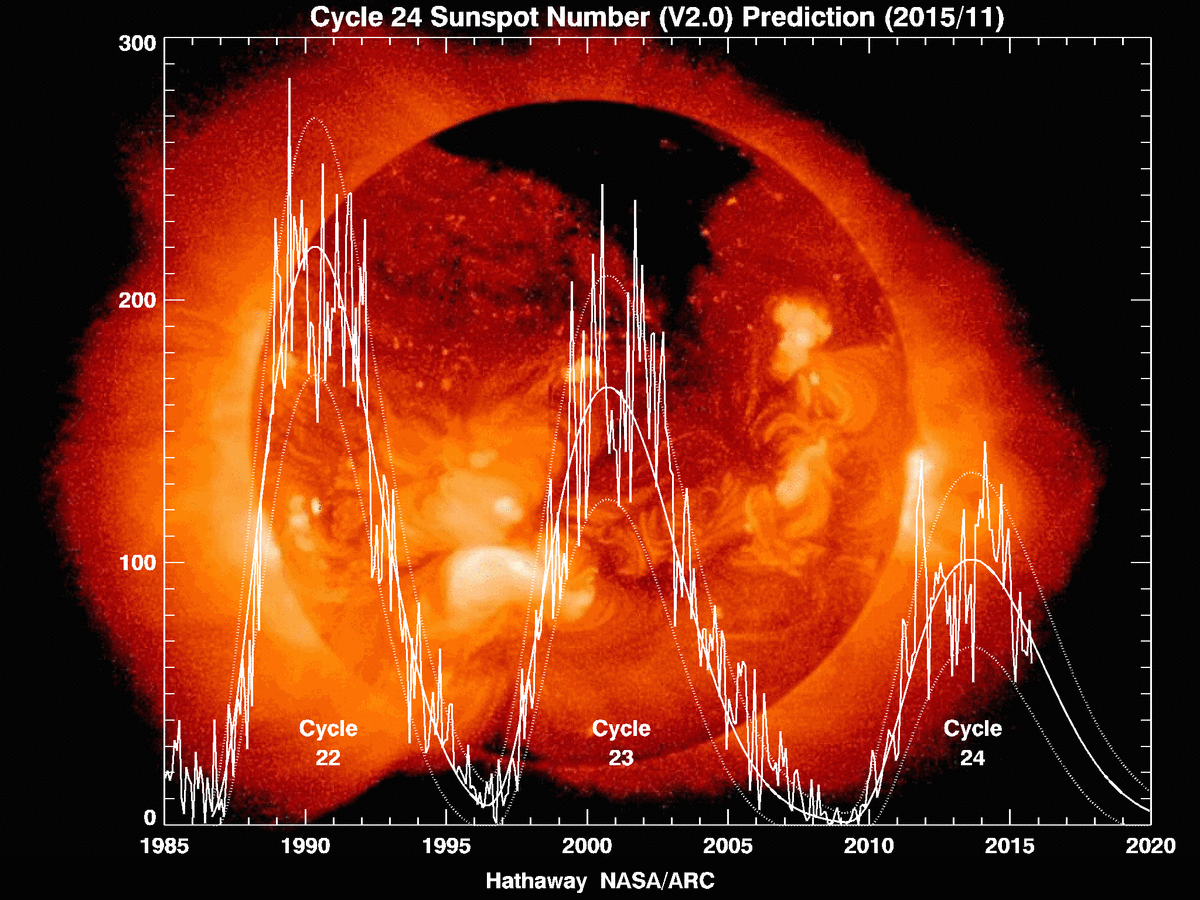The Precession Problem
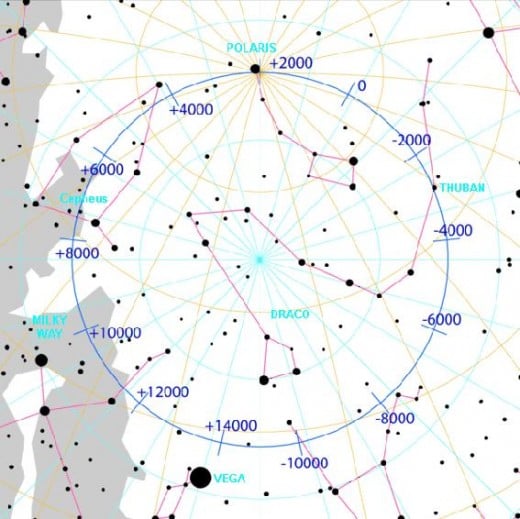
What it Translates to concerning Extra Solar System Influences
There are some questions concerning the precession of the equinox as to the true rate and anomalies about the annual meteor showers, the transit of Venus and the lunar solar influence. At least one source challenges the cause of the precession of the equinoxes that is the driver behind the zodiacal ages. Further, it is suggested that the precession varies and this accounts in part at least for the various figures given for the precession. Among these periods for a complete 360 degree precessional cycle are;
1. 26,000 years (rounded off and found in most texts based on 2.)
2. 25,920 years (a more contemporary figure)
3. 25,827 years (Great pyramid measure) (This one can be as much as 12,000 years old)
4. 25,790 years (as observed bySimon Newcomb prior to 1900) (3)
5. 25,770 years (current calculations) (3)
6. 25,626 to 25,627 years according to 5 Mayan long counts (This one is at least 3,600 years old)
7. 26,785.75 years averaged
The newest ideas concern the effect of galactic tide on the solar system and the influence of an as yet, undiscovered massive body orbiting the sun, or the sun orbiting another distant star. We postulate the existence of a large rogue planet located somewhere in the Oort cloud. Research is ongoing to locate its most likely current position by a number of interested parties. As for the galactic tide, the plane of the solar system is currently approximately aligned with the equatorial plane of the galaxy in such a manner that the center of the galaxy is occulted by the sun or one of the planets during their orbits. This single fact is revealed with the lining up of the sun with the galactic center with respect to the ecliptic on or close to the winter solstice. The plane of the ecliptic is inclined at 55 degrees with the galactic plane. Over the year, the earth is at one time closer to the edge of the galaxy and half a year later, closer to the center of the galaxy during the winter and summer of the northern hemisphere respectively. In addition, it is known from uneven galactic rotation, that the galaxy is gravitationally lumpy, resulting in an uneven and combined effect on the entire solar system.
The earth behaves like a huge gyroscope and though it is known that gyroscopes will precess in the direction of rotation, the earth does not do so in the expected way. The earth has a large number of influences upon it including internal ones that will actually slightly change the orientation of the rotational axis. Two notable incidents occurred on Dec. 26Th, 2005 and Mar. 11, 2011 where the rotational axis shifted by several centimeters and the rotational rate increased in velocity by a millisecond. It is known that the moon drives the nutation cycle that is linked to its orbital inclination to the earth's equator and its various cycles. The earth rocks back and forth in a motion that is independent of the precessional movement. This rocking is incorporated in a detailed analysis of the zodiacal precession.
Another marker is the Perseid meteor shower linked to comet Swift Tuttle that is an annual event that has been observed for the last 2,000 years, making it useful for the analysis of the precession of the equinoxes. The radiant of the shower apparently comes out of the constellation of Perseus on or about August 12 to 13 of each year and continues to as late as August 24th with the peak occurring on the 13th. Some Catholics refer to the Perseid meteor shower as the "tears of St. Lawrence", as August 10th is the date of the saint's martyrdom (1). This phenomenon that is linked to the Perseid meteor shower is dated for August 10, between the years of 225 – 258 AD given for the lifetime of this early Christian that was put to death by the Romans. This execution took place on August 10, 258 (2) when a meteor shower was noted and hence the connection. If we account for precession over the same period of 1,753 years, we should see a difference of 24.3 degrees of precession. This should have put the meteor shower on or about July 16th, instead of August the 10th as recorded. The Perseid shower has been noted almost continually year after year from that time to this, except during unusual circumstances of the darkening or the skies post 535 AD and the following dark ages. This one instance and others like it suggest that the precession has some other cause than the solar system.
As the earth is maintaining its spin axis in space to account for the foregoing anomaly, then something is altering the entire solar system to generate the phenomenon of precession. It is as if the entire solar system is being pulled and warped slightly by something unseen, which we observe as precession. This would also account for the variation in the precession given the figures above that vary by 294 years between extremes from the independently calculated periods. The variation present suggests that there is the presence of an influence, either galactic in origin, or a periodic star around which the sun and solar system is co-orbiting. A number of candidates have been suggested, but according to the precession, the orbital period has to fall within the periods 1 to 6 listed above, i.e., between 25,626 to 25, 920 years. As according to one source, the precession has been speeding up over the last century, the orbit of the unknown body is approaching perihelion. Needless to say, a watch is up in certain directions, particularly where a disproportionate number of comets are being perturbed (3).
If indeed, the precession is heading to the Mayan precession rate figure of 25,626 to 25,627 years, then this answers two questions at the same time. The unseen object is not yet at perihelion, but is approaching. The actual perihelion may occur at the end of the 5th long count just begun, so it is still 5,125 years in the future. In the meantime, we shall be locating more perturbed long period comets that will refine our hunt. According to research done by J. J. Matese et al (3), the sun and its retinue of planets is moving on a curved path in space. This would account for the precession just in itself, and if the solar system is in an elliptical orbit, it would account for the speeding up of the precession. Ancient lost knowledge is intriguing and we look forward to the finding of the hidden Mayan libraries located and buried somewhere in the Central American deserts.
Two more problems arise, being the accounting for angular momentum and the current direction of the influencing body. Angular momentum is a topic we have dealt with concerning the earth-moon system and how the earth is flinging the moon slowly out of its orbit. It also accounts for the center of the earth-moon system being located just below the surface of the earth called the barycenter of the system. It is just this phenomenon that is used as a tool for planet hunting outside of the solar system. Within the confines of the solar system, Jupiter being the most massive body after the sun, contains most of the angular momentum in the standard model. The solar system is essentially a Sun-Jupiter system. But, suppose for a moment that a massive body in the Oort cloud also acts on the sun. The angular momentum of its influence and the barycenter of the solar system would be altered due to its presence. It would also be greater due to the much greater distance between the unknown body and the sun than the Sun-Jupiter relationship. As it stands now, we do notice the influence of Jupiter year by year on Earth's orbit that shows up in anomalies like the true days of the solstice and equinoxes year by year that can vary by a full day on either side of the averaged dates. In the case of the hidden influence and the sun, we do not notice it except through the precession of the equinoxes as the sun responds to a barycenter greater and longer than Jupiter's 11.86 year cycle.
This video shows the whole process of precession
There is the additional problem of the pole star, which has been tracked over the ages. Currently, the pole star is Polaris, which was more or less over the earth's rotational pole around 2004 (2060 by other calculations). It is apparently slowly drifting form its current position, which indicates that the earth is indeed wobbling on its axis. There is plenty of literature to be found on the cycle of the polar stars over the precession cycle. Thus, we are in a bind as to which is true and both cannot be true. Clearly the situation requires more investigation where one is the truth and another at best misinformed and at worst, a calculated lie.
This is the problem concerning the precession as it relates to the pole stars. According to many accounts, the precession of the equinoxes is reflected in the movement of the pole stars over time. If indeed, the sun is responding to another planet or brown dwarf in the Oort Cloud and this caused the slow precession of the equinoxes, why are the pole stars moving in synch to that given a “stable” earth? The shifting pole stars suggest that the earth is slowly wobbling. We arrive back at square one unless we can demonstrate that Polaris has been the pole star since time immemorial (5). So far, the opposite is the case; the pole stars slowly move and change from star to star at both poles over the precession cycle. This fact is born out by sailors who have been using the sun, moon and 57 principle stars to navigate for the last 7,000 years. Since 1767, various navies have been compiling nautical almanacs that give positions of the stars, sun, moon and naked eye planets. Today they have been expanded to include Uranus, Neptune and Pluto, though Pluto has been demoted to minor planet status and is equated with more than a hundred trans Neptune objects. Naval almanacs and ephemerides have been around for at least 250 years and in the days of sail, knowing one's position was very important, thus reliable information on the stars and planets was essential. In all of them, there are notes about the first point of Aries and in some, a reference to the sidereal vernal point marking the true location of the spring equinox. The 57 principle stars and planets are all calculated from the first point of Aries in these almanacs. This is one accurate information source for the annual precession. Indeed, this has been carried forward into the space age, where navigating by the stars for man and machine is essential. There was no room for error or fudging the positions as we see today in many sources in order to make a point, even if misinformed. The only logical reason to misinform, is to deceive an enemy, but anyone can look at the sky and see for themselves, which is what naked eye astronomy is all about.
Another anomaly comes from the direction of Charles Hapgood in his book, “Maps of the Ancient Sea Kings” where he details not only the movement of the stars, but a series of possible radical pole shifts for the entire earth as well. He was supported by non other than Albert Einstein and encouraged to write his two books. The other book, which is titled called “Pole Shift” deals with these questions specifically and was endorsed by Einstein. Add to his is definitive proof that Mars has gone through a physical pole shift in its history according to the findings of all the space probes of NASA and Russia. Adding insult to injury, is the reality of mirages and with the existence of the internet, we can now see videos of some very spectacular mirages, including the rising of two suns.
Most stars exist in a binary, triplicity or more in a group. There are very few single stars. Some groups contain very odd partners such as white dwarfs, red dwarfs, neutron stars, black holes and brown dwarfs. Others will have brief encounters as stars pass close by and sometimes get captured (4). Given the size distribution of bodies in the galaxy, it is not unreasonable that a large co-orbital to the sun resides in the Oort cloud and the two are in an orbital period of approximately a 26,786 year averaged cycle. Even so, there is the problem with the wandering of the pole stars as seen from the Earth along with the precession of the equinox. The two are moving in lock step as it is the same sky.
There are as yet other tests that are not mentioned by any source and that is the variation of rotational axes of the solar system planets outside of the earth and whether or not, precession phenomenon can be seen from the other planets and whether or not they are equal to that of the earth. If it can be detected, then it should be measurable to match what we observe on Earth, just as the apparent movement of the pole stars over the ages matches the precession of the equinox and solstice points. This would form another confirmation or denial of an additional and distant body in the Oort cloud that drives the precession.
References:
1.
2. http://en.wikipedia.org/wiki/Lawrence_of_Rome
3. http://www.binaryresearchinstitute.org/bri/research/papers/ComparisonPaper.pdf
4. http://www.newscientist.com/article/dn18655-hurtling-star-on-a-path-to-clip-solar-system.html
5.
6. http://en.wikipedia.org/wiki/Ephemeris
7.
Is the precession related to binary partner to the sun?
- Is the Sun Part of a Binary Star System? - Six Reasons to Consider -- Science & Technology -- So
Just what is the real cause behind the precession of the equinoxes and why did the ancients believe this cycle was so important? Walter Cruttenden asks this question in his latest book Lost Star of Myth and Time and comes to some provocative conclusi


